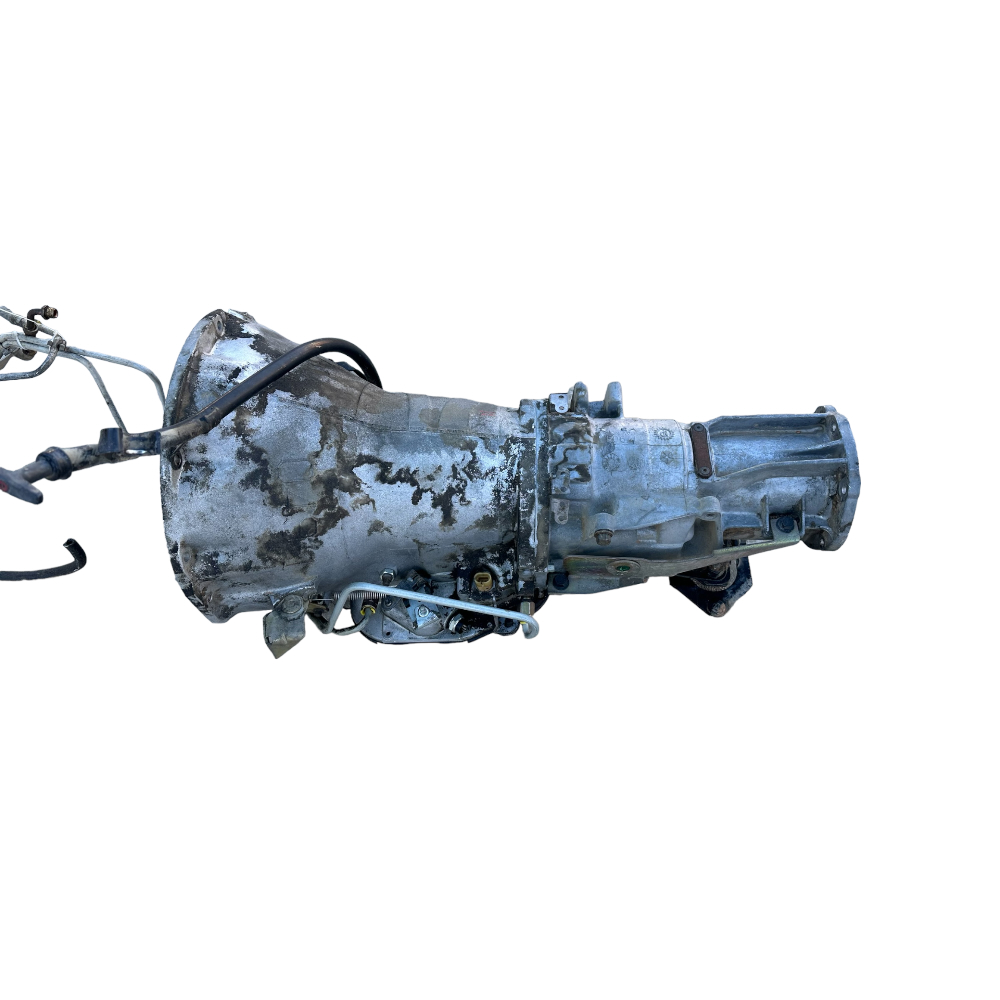When you’re cruising down the road in your trusty 2014 Jeep Grand Cherokee, the last thing on your mind is the possibility of transmission troubles. But what if I told you that some drivers have experienced a host of vexing issues with their transmission? How would you feel if, on a seemingly perfect day, your Grand Cherokee suddenly struggled to shift gears? That’s right—it can happen. Let’s explore the common transmission issues that might arise with this formidable SUV and how to tackle them.
The 2014 Jeep Grand Cherokee is a standout in the mid-size SUV category, known for its ruggedness and off-road capabilities. Yet, like any vehicle, it faces challenges. One of the most critical aspects of any vehicle is its transmission, the intricate system responsible for delivering power from the engine to the wheels. If you hear strange noises or notice performance dips, the issue might originate from the very transmission you depend on daily.
Most Common Transmission Issues
First, we need to examine the symptoms often described by drivers dealing with transmission problems. Clumsy shifts can be alarming, especially when they manifest as jarring, inconsistent gear changes. You might wonder, “Is my Grand Cherokee malfunctioning, or is it just having a rough day?” These symptoms can range from delayed engagement and slippage to rough transitions between gears. Understanding these signs can be pivotal in diagnosing what’s amiss.
Another common issue is overheating. The transmission fluid, essential for circulating through the system and lubricating its various components, can reach critical temperatures. If you’ve ever noticed a burning smell or experienced unusual heat emanating from under the hood, you may want to consider this as a red flag. Overheating not only diminishes performance but can also lead to extensive damage if left unchecked.
Yet another potential concern lies in the realm of fluid leaks. If the parking space under your Grand Cherokee resembles a scene from a spill on aisle five, be wary. Transmission fluid leaks can indicate a worn-out seal or gasket that may eventually lead to insufficient fluid levels and subsequent operational failures. It’s like a silent menace—quiet but surely impactful.
Breaking Down the Causes
What could lead to these transmission anomalies? The answer lies in a combination of factors, ranging from human error to systemic flaws in the vehicle’s design. Regular maintenance is vital; however, not every owner adheres strictly to the recommended service intervals. Neglected fluid changes can lead to a buildup of sediments and debris, which might cause your transmission to underperform.
Manufacturing defects can also spur complications. The 2014 Grand Cherokee, while robust and well-crafted, is not immune to issues that sometimes arise during production. Common defects might include malfunctioning electronic control units or flawed sensors that can misinterpret driving conditions, leading to erratic behavior under the hood. Wouldn’t it be delightful if all vehicles were devoid of such imperfections?
Diagnosing the Dilemma
So how can one uncover the extent of transmission troubles? Diagnosing these issues typically requires a two-pronged approach: visual checks and technical diagnostics. Start with the basics— inspect the transmission fluid color. Healthy fluid appears a vibrant red, while brown or dark fluid could signify the presence of burnt particles. Don’t forget to check for any metallic sludge that might further indicate internal wear.
For a more in-depth examination, a professional diagnostic tool can provide fault codes that reveal troubling signs. Mechanics often rely on OBD-II scanners to unveil hidden systemic errors. Emerging technology in the automotive sector means that it’s now easier than ever to gauge the underlying ailments of a vehicle. Nevertheless, always seek the expertise of a certified professional to interpret the data accurately.
Tackling the Troubles
Once you’ve identified the issue, remedying it might require various strategies. In some cases, a simple fluid change can do wonders for rejuvenating a sluggish transmission. Should you find that it urgently needs repairs, it may call for a complete rebuild or, in severe cases, a replacement. The latter can be daunting, both logistically and financially.
Interestingly, some owners opt for aftermarket solutions, such as high-performance transmission rebuild kits. These can enhance durability and reliability but come with their own risks. Before diving into such an investment, it’s crucial to conduct comprehensive research and weigh the pros and cons.
Preventing Potential Pitfalls
As you navigate the challenges posed by your Grand Cherokee’s transmission, prevention is key. Routine maintenance, such as regular fluid checks and timely changes, will go a long way in prolonging lifespan and enhancing performance. Furthermore, staying attuned to your driving habits can help minimize wear and tear; aggressive acceleration or sudden braking can put undue stress on the transmission and reduce its longevity.
In an age where technology plays an increasingly pivotal role, taking advantage of vehicle messaging systems can also serve you well. Never ignore warnings; they are your Jeep’s way of pleading for assistance, to ensure you don’t find yourself stranded on the side of the road.
In conclusion, navigating the world of Jeep transmission troubles, specifically with the 2014 Grand Cherokee, requires a blend of awareness and proactive management. A little diligence goes a long way. Are you ready to embark on this journey of understanding, or will you choose to ignore these potential pitfalls? The choice is ours, but make it wisely!
